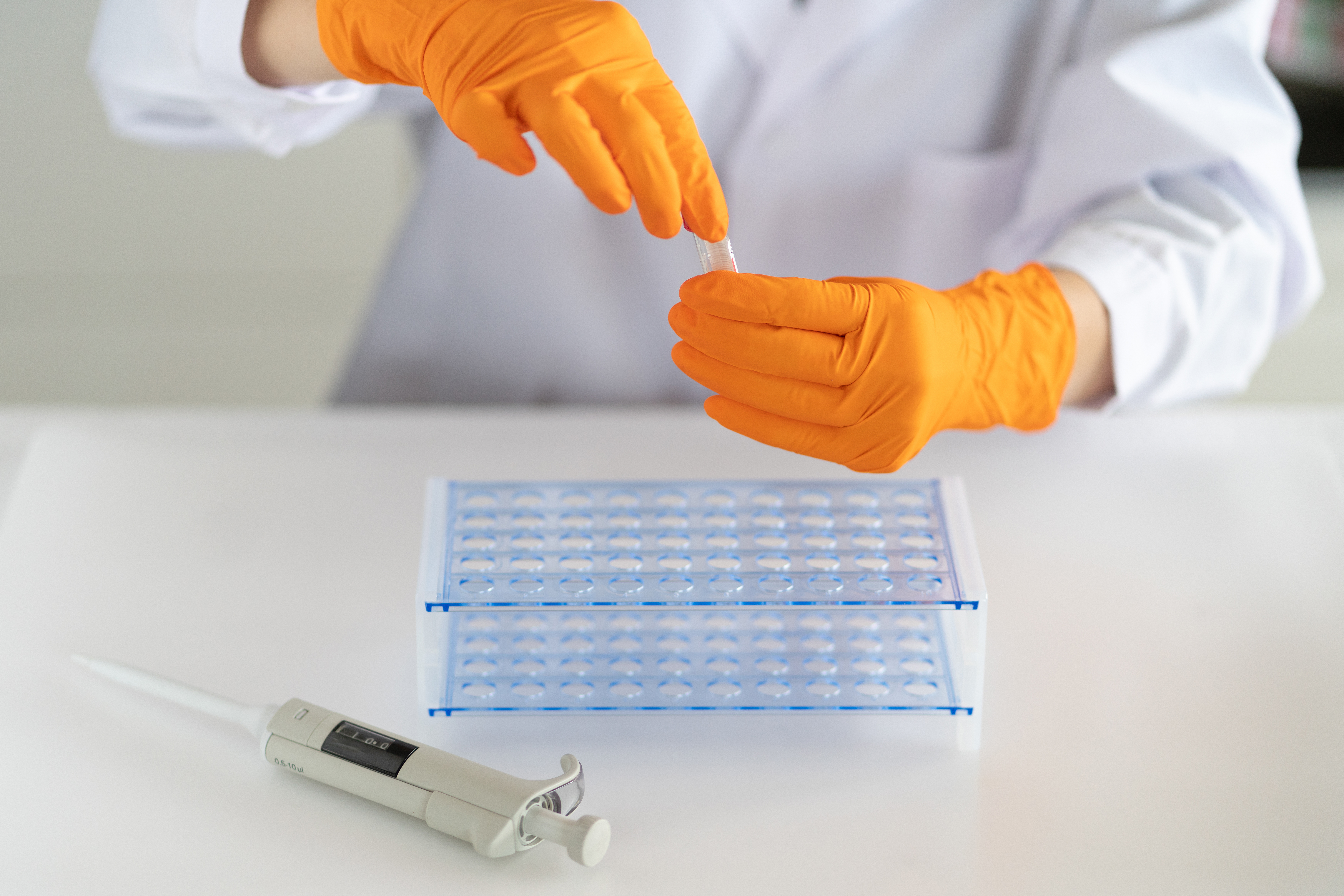Unraveling the Role of Recombinant Human Beta Actin (ACTB) in Scientific
Introduction: In the realm of molecular biology and biotechnology, the study of cellular processes is essential for understanding the fundamentals of life. One crucial protein that plays a significant role in various cellular functions is Beta Actin, specifically its human form known as ACTB. In this blog post, we'll delve into the significance of Recombinant Human Beta Actin (ACTB) in scientific research, exploring its structure, functions, and applications across different fields.

Understanding Recombinant Human Beta Actin (ACTB):
Beta-actin, encoded by the ACTB gene, is a highly conserved protein found in eukaryotic cells. It functions primarily in cellular structure, providing mechanical support, and participating in various cellular processes such as cell motility, division, and signaling. Recombinant Human Beta Actin (ACTB) refers to the synthesized version of this protein, produced through genetic engineering techniques.
Structure and Function: The structure of Beta-actin consists of a globular core domain flanked by two terminal regions. The core domain facilitates interactions with other proteins and nucleotides, enabling its involvement in diverse cellular functions. ACTB participates in cytoskeletal dynamics, maintaining cell shape and facilitating cell movement through interactions with myosin and other actin-binding proteins. Moreover, ACTB is crucial for intracellular transport, endocytosis, and cell signaling pathways.
Applications in Scientific Research:
- Cell Biology: Recombinant ACTB is extensively used as a molecular marker in cell biology studies. Its ability to label and track cellular structures aids researchers in visualizing cytoskeletal dynamics, cell motility, and intracellular transport processes using fluorescence microscopy techniques.
- Gene Expression Studies: ACTB serves as an internal control or reference gene in gene expression studies due to its stable expression across different cell types and experimental conditions. Recombinant ACTB is utilized as a standard reference for normalizing gene expression data obtained through techniques like RT-qPCR (Reverse Transcription Quantitative Polymerase Chain Reaction).
- Drug Discovery and Development: Understanding the role of ACTB in cellular processes is crucial for drug discovery efforts. Recombinant ACTB is utilized in high-throughput screening assays to identify compounds that modulate cytoskeletal dynamics, cell migration, and other ACTB-associated pathways targeted in various diseases such as cancer and neurological disorders.
- Biomedical Engineering: Recombinant ACTB finds applications in tissue engineering and regenerative medicine. It serves as a scaffold protein for engineering artificial tissues and biomaterials, mimicking the native cellular microenvironment and promoting tissue regeneration in therapeutic applications.
Conclusion:
Recombinant Human Beta Actin (ACTB) plays a pivotal role in advancing scientific research across multiple disciplines, including cell biology, molecular biology, drug discovery, and biomedical engineering. Its structural versatility and functional significance make it a valuable tool for studying cellular processes and developing innovative solutions for biomedical challenges. As technology continues to evolve, further exploration of ACTB and its applications promises exciting opportunities for advancing our understanding of cellular biology and improving human health.
Recent Posts
-
Nicholas E. Navin’s Keynote on Breast Cancer at SCSOmics 2025 (with Lieven in Attendance)
At SCSOmics 2025, held earlier this year, Nicholas E. Navin, PhD, delivered a keynote address that d …17th Sep 2025 -
Reflections on Our Experience at the Vatican Longevity Summit
On March 24, 2025, the Vatican opened its doors to a remarkable gathering of scientists, ethicists, …25th Mar 2025 -
Gentaur : The Leading Distributor of Applied Biological Materials (ABM) in Belgium and Europe
Driving Scientific Innovation with ABM's Cutting-Edge Products Gentaur has long been the trusted dis …19th Mar 2025



